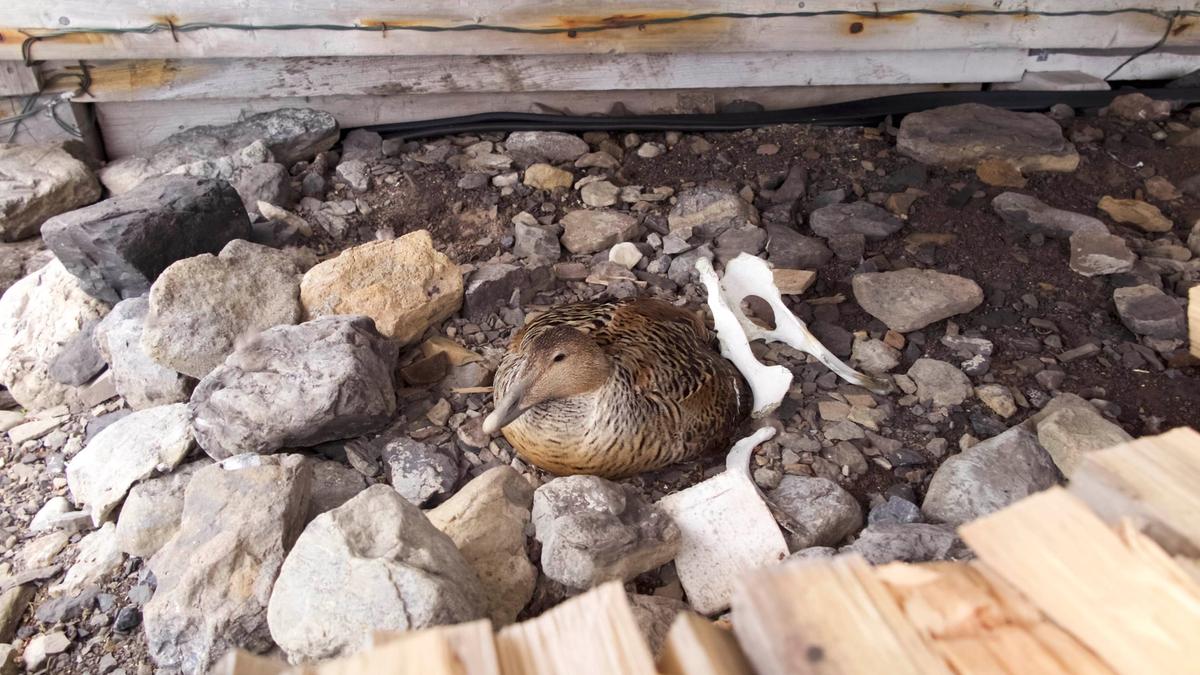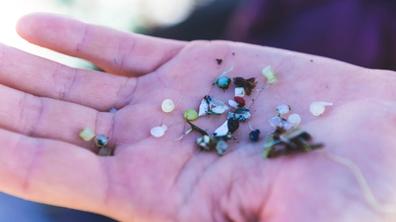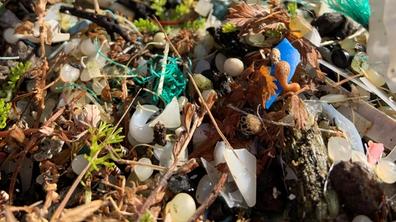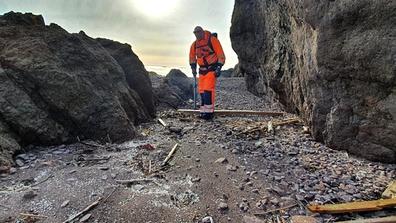In the sea, plastic pellets can be confused with food in the form of fish eggs for small fish, seabirds and other marine animals. The consequence of this is that fish, for example, get internal wounds and injuries, think that they are full and stop eating food. Fish also ingest different types of environmental toxins that can cause further harm. Thus, for animals in and around the sea, plastic pellets can result in starvation and possible death. Thus far, 220 marine species have been proven to ingest plastic pellets and this figure is very likely to increase.
Possible long-term consequences
Pellets in beach zones have several long-term consequences.They directly impact beach zones as a place of recreation for humans. Indirectly, plastic pellets affect the ecosystem by changing the composition of sand, resulting in changes in sand temperature, once plastic becomes mixed with it. This has been shown to have a negative effect with poorer growth for vegetation. Further, plastic pellets decompose slowly and often contain harmful environmental toxins (Sintef 2020).
Did the 2020 discharge have consequences for the marine environment?
The Institute of Marine Research has analysed the stomach contents of fry in the affected areas of the discharge in February 2020. No plastic residues were found in any of the fish, and it is unlikely that the discharge has affected any of these fish species in the area (HI, 2020). The stomach content of eiders has also been analysed because there was a higher winter mortality rate in 2020. Only 4% of the birds surveyed had a small amount of plastic in their stomachs. Thus, it was concluded that plastic pellets were not to blame for this incident, according to NINA's report 1820, 2020.





